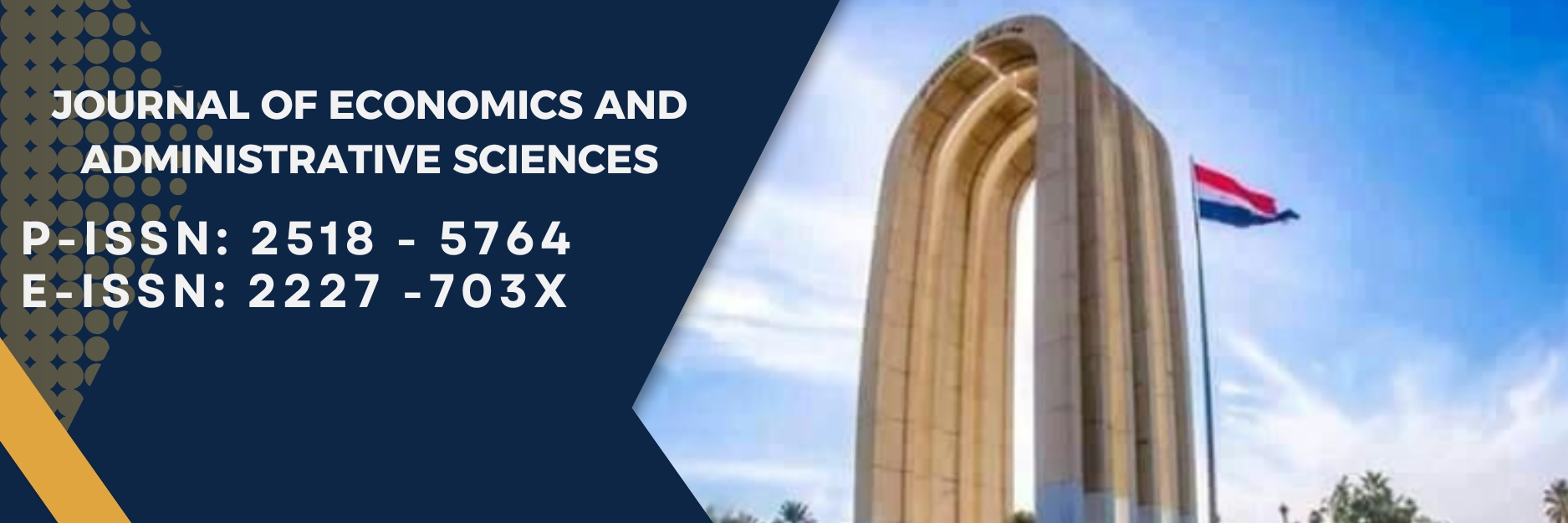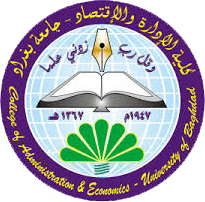Measuring and analyzing the effect of foreign debt on the gross domestic product in Morocco for the period 1990-2017 using the ARDL Test
DOI:
https://doi.org/10.33095/jeas.v27i125.2087Keywords:
external indebtedness, Moroccan economy, unity root test, ARDL testAbstract
The research aims to identify the magnitude of the impact of external debt on the gross domestic product in Morocco, and the importance of research lies in the role that external debt plays in addressing structural imbalances, if it is best disposed of according to well-studied economic plans by specialists in this regard, especially if these debts are directed with Other resources, as it helps pay the costs of these debts (debt servicing) that the external debt also raises the level of gross domestic product, and the research starts from the hypothesis that: There is an effect of foreign debt on the GDP in Morocco, has contributed in one way or another to The exacerbation of the external debt, which affected the macro variables, of the Moroccan economy, and became unable to fulfill the debt maturities and its assets, and attempted to resort to rescheduling its debts according to unfair terms with the aim of reducing the severity of the debt, as statistical and standard tools were used, represented by testing the unit root to determine the dormancy of the time series and by accreditation On the methodology of (Dickie Fuller) expanded method, and to know the equilibrium relationship between the study variables, as the ARDL model was relied upon, the study found a relationship A long-term equilibrium (joint integration) between the study variables (independent and dependent), the statistical value of (F) reached (6.06), which is greater than the smallest value (3.29) and the maximum (4.37) at a significant level (1%). This indicates the existence of a long-term equilibrium relationship (a co-integration relationship) between the study variables in the long term. The time series of variables (Y, X1, X2, X3) is not stable at the level, while the time series of the independent variable (X4) is stable at the level. With a breaker and without a breaker and a time trend at a significant level (1%, 5%), and after taking the first difference of the variables (Y, X1, X2, X3), it stabilized at a significant level (1%, 5%, 10%) with the presence of a breaker and a breaker and a time trend Without a break and a time trend. It is evident from the two tests (CUSUM) and (CUSUM of Squares) that there are stability and consistency in the model for the short term and there is no stability in the long term.
The most important recommendations are directing foreign debts to productive economic sectors, in a way that leads to creating added value and paying attention to foreign debts, directing them towards important priorities and maintaining the stability of macroeconomic variables, and moving away from debts with high conditionalities that restrict the country's economy and falling into a debt trap
Downloads
Published
Issue
Section
License
Articles submitted to the journal should not have been published before in their current or substantially similar form or be under consideration for publication with another journal. Please see JEAS originality guidelines for details. Use this in conjunction with the points below about references, before submission i.e. always attribute clearly using either indented text or quote marks as well as making use of the preferred Harvard style of formatting. Authors submitting articles for publication warrant that the work is not an infringement of any existing copyright and will indemnify the publisher against any breach of such warranty. For ease of dissemination and to ensure proper policing of use, papers and contributions become the legal copyright of the publisher unless otherwise agreed.
The editor may make use of Turtitin software for checking the originality of submissions received.


























